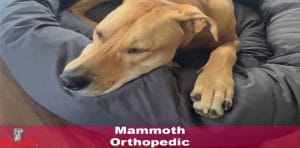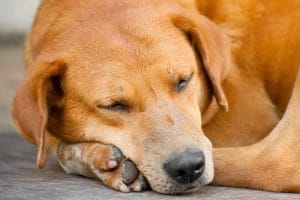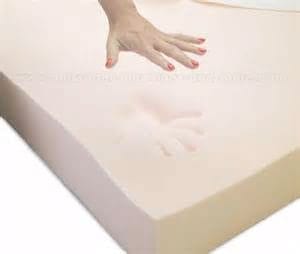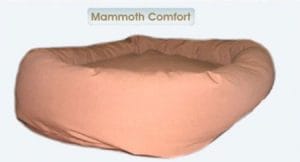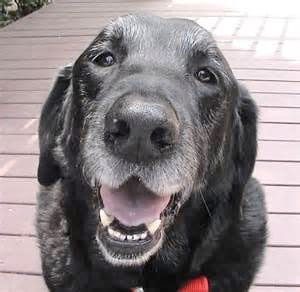- 3 Reasons Why Every Great Dane Needs An Orthopedic Dog Bed
- The Wide Ranging Benefits Of A Superior Dog Bed
- Investing In Informed Pet Care
- Joint Issues And Treatment Options For Great Danes
- What is Hip Dysplasia?
- Treatment Options for Hip Dysplasia
- What is Osteochondrosis Dissecans?
- Treating OCD
- What is Obesity?
- Treating Obesity
3 Reasons Why Every Great Dane Needs an Orthopedic Dog Bed
Many kinds of dogs are prone to medical problems that are associated with their particular breed. The history of breeding has yielded some amazing and unique talents in our beloved pets, but it has also caused some less fortunate side effects.
The Great Dane, in particular, is susceptible to a number of ailments that are common among large dog breeds. Due to their size and rapid rate of growth, large breeds tend to be especially prone to health issues that cause symptoms of arthritis and joint pain.
The Wide-ranging Benefits of a Superior Dog Bed
Thankfully, there are home remedies that owners can provide their dogs everyday to help when they’ve acquired these specific kinds of afflictions. One of the easiest ways that you can provide your dog with therapeutic relief when facing pain associated with muscles or skeletal tissues is to visit Mammoth Dog Beds online today to pick out a vet-recommended, orthopedic bed for your dog.
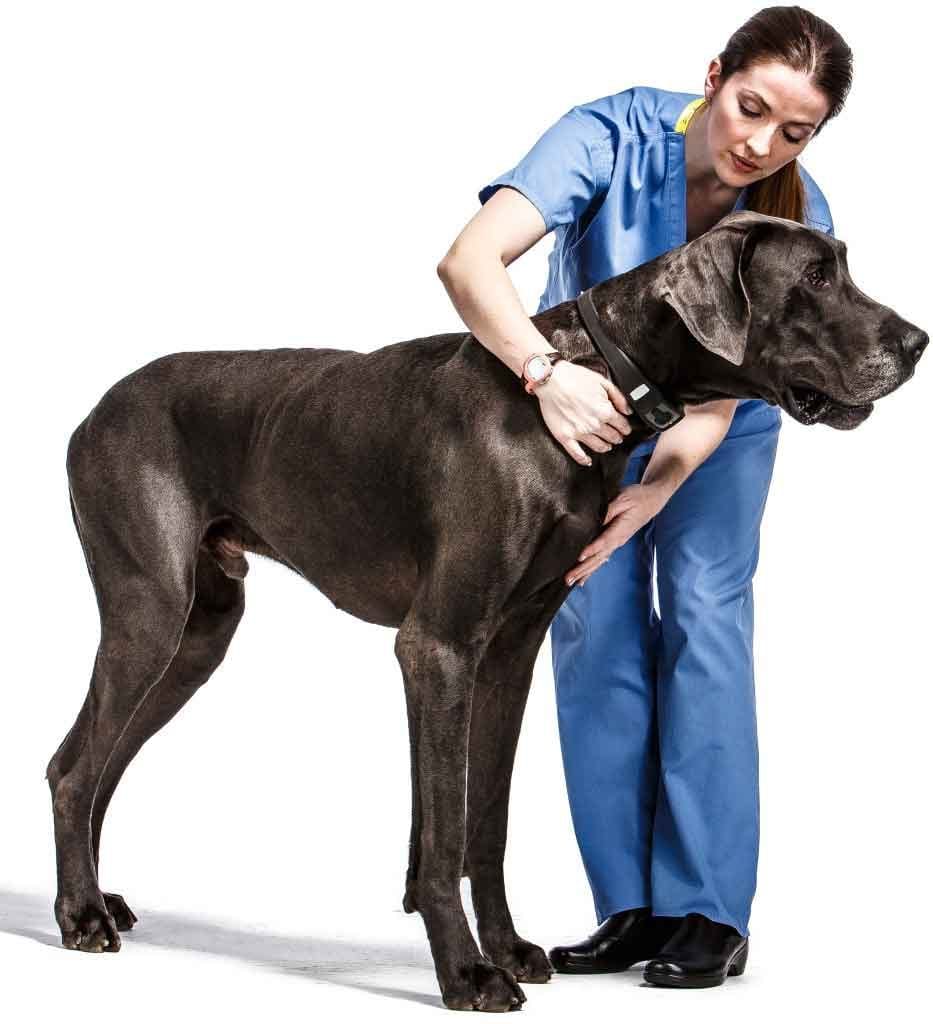
Investing in Informed Pet Care
We all want our dogs to feel happy and healthy. The reason that people are spending more on pets today than ever before is because investing in more informed care has proven health benefits for dogs. Rather than following outdated advice, today’s pet owners want the choices they make for their pets to be informed by the knowledge of accredited veterinary professionals. When choosing a bed for your dog, this can mean the difference between a sleep that relieves pain and one that exacerbates it.
Joint Issues and Treatment Options for Great Danes
It isn’t difficult to detect when your Great Dane is having trouble getting around, but it’s helpful to be informed. Luckily, there’s a large and growing body of medical information available today to help dogs to live happy lives into old age. Whether or not your Great Dane is showing signs of difficulty walking or running, any large dog owner can benefit from being informed on the top three causes of body pain in large dogs as well as treatment options.
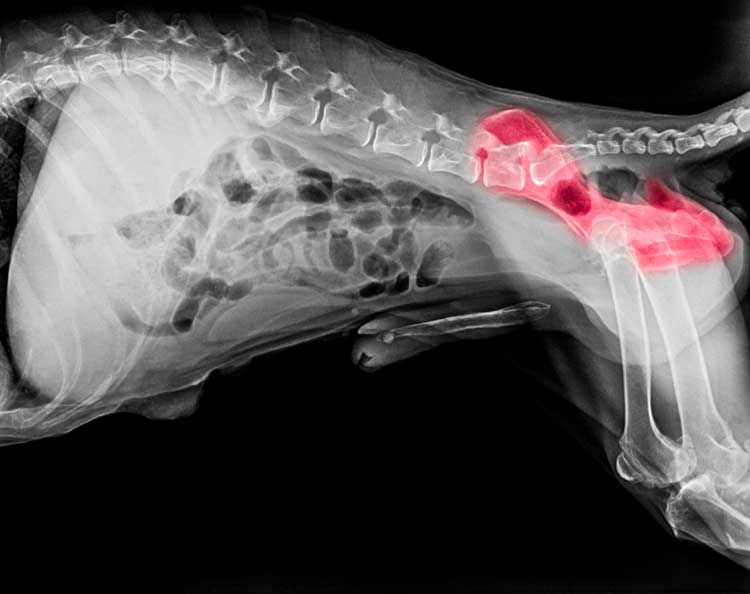
What is Hip Dysplasia?
Hip dysplasia is one of the most common ailments found in large breed dogs. It occurs when the ball and socket of a dog’s hip bones no longer fit together as they are meant to in healthy dogs. Detectable when your vet performs a physical exam on your dog, the malformation causing hip dysplasia can cause of a variety of symptoms, including joint pain, arthritis, loss of muscle mass, and general mobility issues.
While some people try to avoid adopting dogs who have a family history of hip dysplasia, it’s important that dogs who suffer from these symptoms get adopted by caring owners who can help them to cope with their symptoms.
Treatment Options for Hip Dysplasia
- Change in Diet to Help Take Weight Off Hips
- Limiting Vigorous Exercise
- Vet-Recommended Therapy
- Anti-inflammatory Medicine
- Providing a Certified Vet-Recommended Dog Bed
What is Osteochondrosis Dissecans?
Osteochondrosis dissecans (OCD) is a condition wherein cartilage is transformed into bone early on in a dog’s life. Common to fast-growing puppies, this condition can necessitate surgery to remove ossified cartilage. Any dog recovering from surgery deserves a quality dog bed, where it can get the rest it needs to heal.
Treating OCD
One of the best ways that you can fight OCD is by commencing a prevention regiment early on in your dog’s life. Because large breed dogs grow at a very fast rate during puppyhood, nutrition at this time can have a dramatic impact on large breed health in later years.
Starting large breed puppies with a nutritional program that contains an appropriate balance of phosphorus and calcium can help to slow your dog’s rate of growth, which is one of the best defences against developing bone problems like osteochondrosis dissecans and hip dysplasia later on.
What is Obesity?
While obesity isn’t as common in Great Danes as with other large dog breeds, any dog can become overweight, especially when improperly fed. In Great Danes, obesity can aggravate joint pain and other health problems, such as bloat, which is one of the most threatening medical issues a dog can face and is very common in this breed.
Treating Obesity
Similar to people, the best treatment for obesity in dogs is a proper balance of vigorous exercise and a healthy diet. Since obesity can occur in tandem with mobility issues, it’s important to be mindful of making your dog comfortable if overweight by providing it with a place to sleep that offers exceptional comfort and support to help relieve musical and joint pain.
Try any of these extra large sized options:
- Mammoth Designer Wide Dog Couch
- Mammoth Luxury Dog Beds
- Mammoth Memory Foam Dog Beds
- Mammoth Oblong Outdoor Dog Beds Upgraded with Memory Foam
When adjusting your dog’s diet to prevent weight gain, consult your vet about foods designed for weight-management that decrease carbohydrates and fat, while including a high level of anti-oxidants. Foods that are rich in protein will help your dog to maintain a healthy level of muscle mass, while foods that are rich in fibre will help them to improve digestion and keep your dog feeling full longer.
The ailments listed here are only a small fraction of the many ailments that could be causing your Great Dane to experience pain or mobility issues. While there is no substitute for a veterinarian’s diagnosis and treatment plan, one thing that can always help is to give your dog a more comfortable sleep each night. No matter what kind of dog you have, it deserves the best care possible. Keep your dog happy and healthy with the benefit of a superior quality bed from Mammoth Dog Beds.

